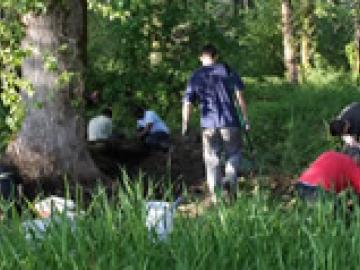Filter News
Area of Research
- (-) National Security (2)
- (-) Supercomputing (10)
- Advanced Manufacturing (1)
- Biological Systems (5)
- Clean Energy (13)
- Climate and Environmental Systems (1)
- Computational Biology (2)
- Computer Science (1)
- Energy Sciences (3)
- Fusion and Fission (1)
- Isotopes (1)
- Materials (9)
- Neutron Science (3)
- Transportation Systems (2)
News Topics
Media Contacts
ORNL drone and geospatial team becomes first to map the Coca River in the Amazon basin as erosion and sediment threaten Ecuador’s lands.

Jack Orebaugh, a forensic anthropology major at the University of Tennessee, Knoxville, has a big heart for families with missing loved ones. When someone disappears in an area of dense vegetation, search and recovery efforts can be difficult, especially when a missing person’s last location is unknown. Recognizing the agony of not knowing what happened to a family or friend, Orebaugh decided to use his internship at the Department of Energy’s Oak Ridge National Laboratory to find better ways to search for lost and deceased people using cameras and drones.

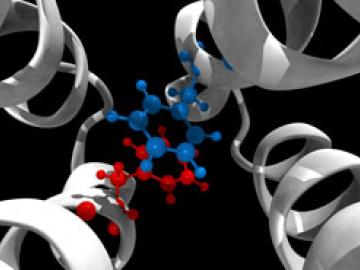

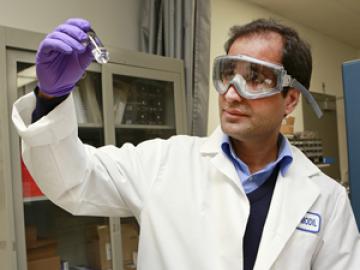

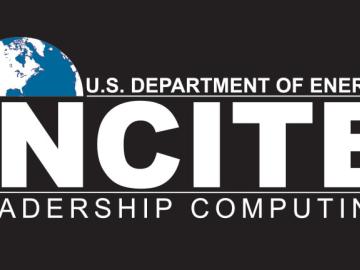
The U.S. Department of Energy’s Office of Science announced 59 projects, promising to accelerate scientific discovery and innovation, that will share nearly 6 billion core hours on two of America’s fastest supercomputers dedicated to open science. Their work will advance knowledge in critical areas from sustainable energy technologies to the environmental consequences of energy use.
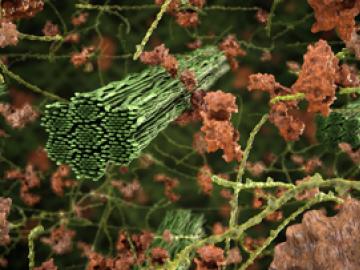
ORNL study uses neutron scattering, supercomputing to demystify forces at play in biofuel production
